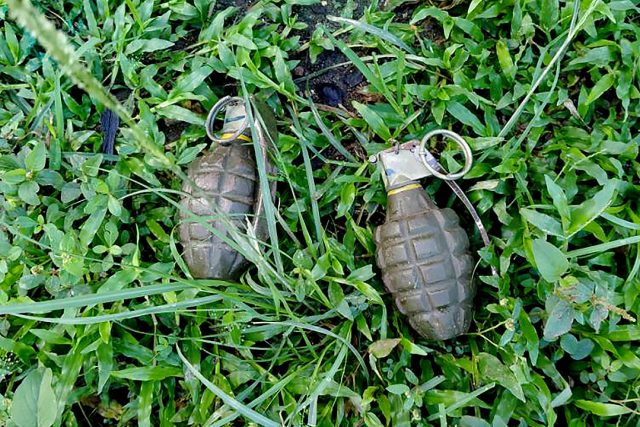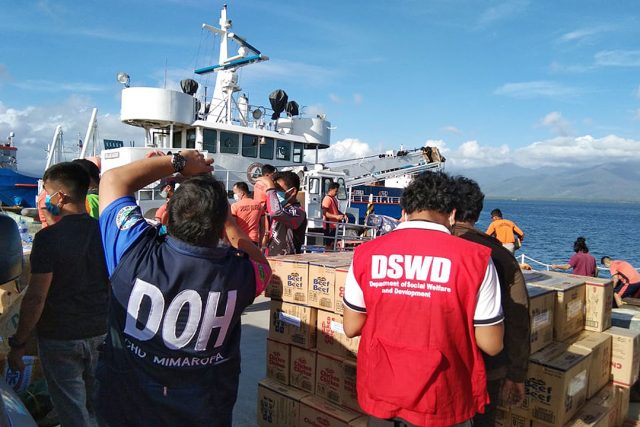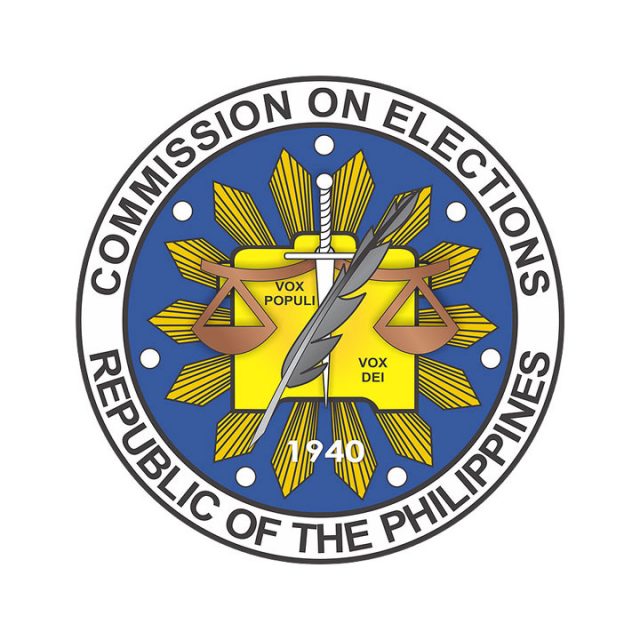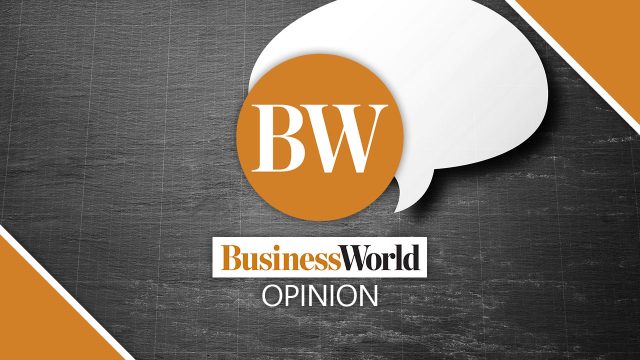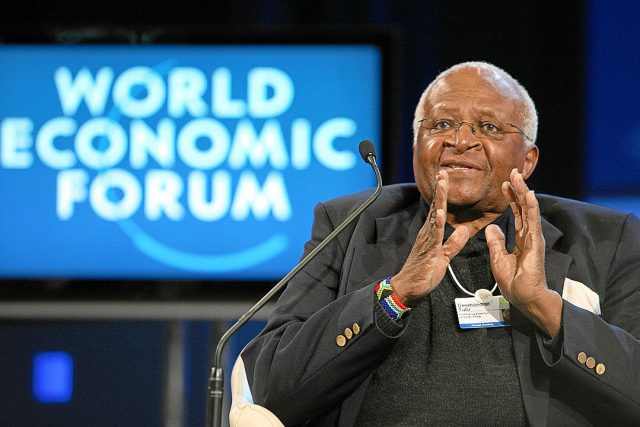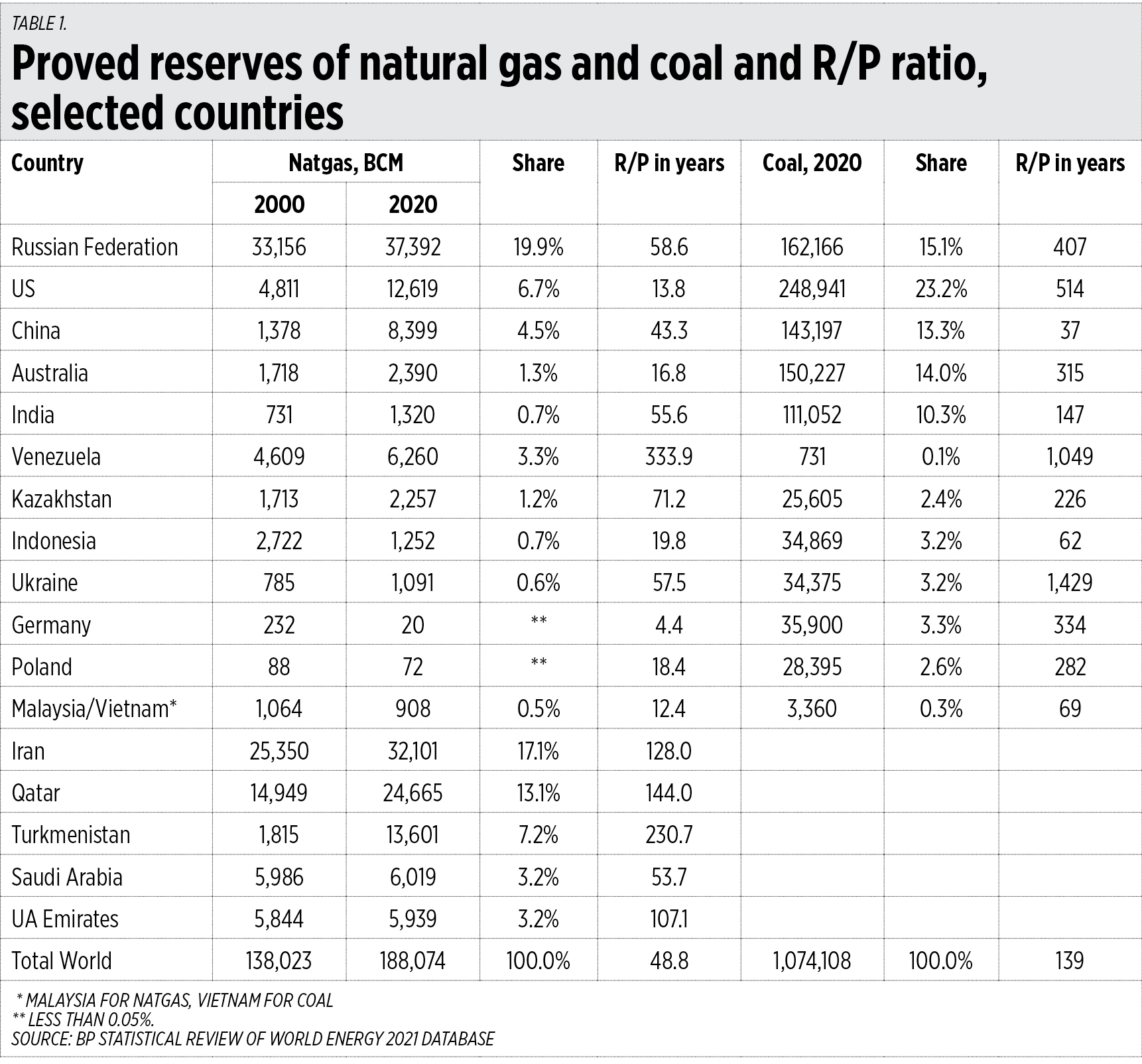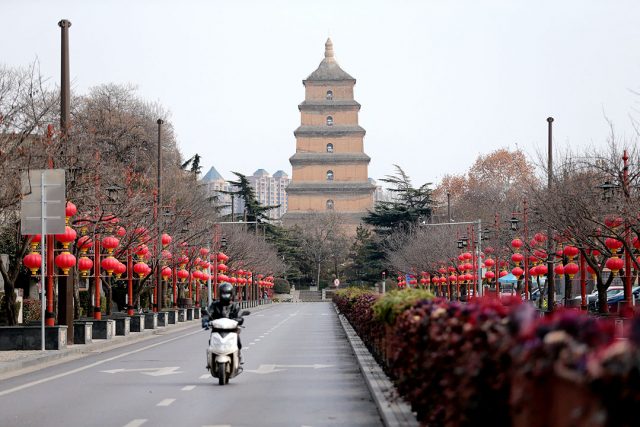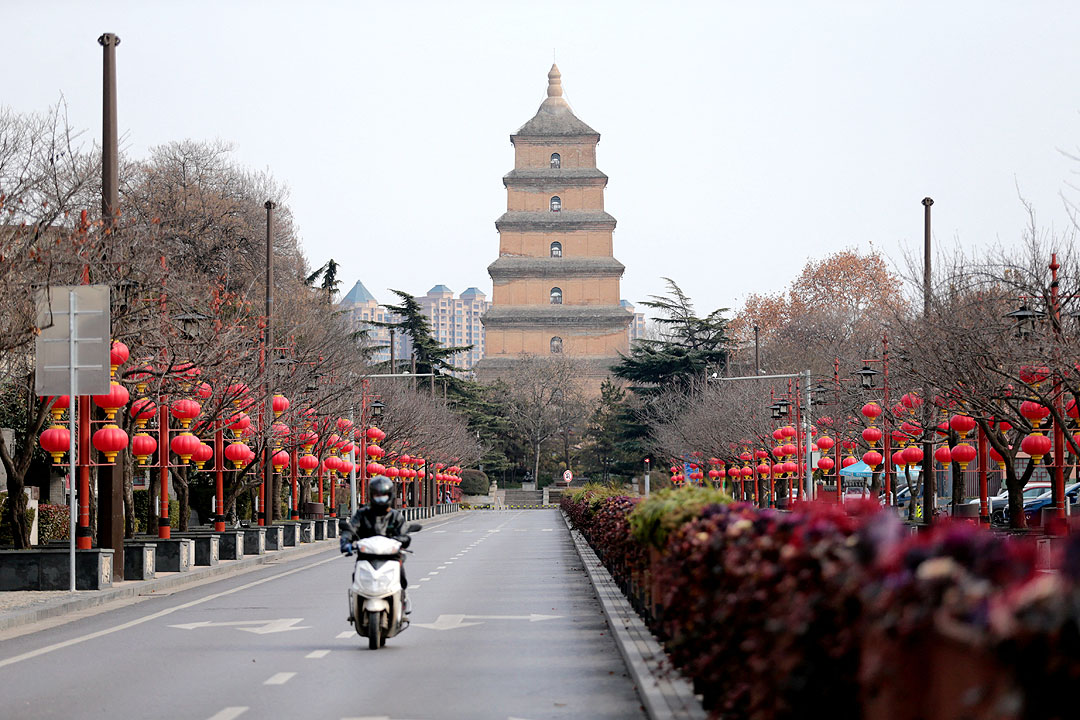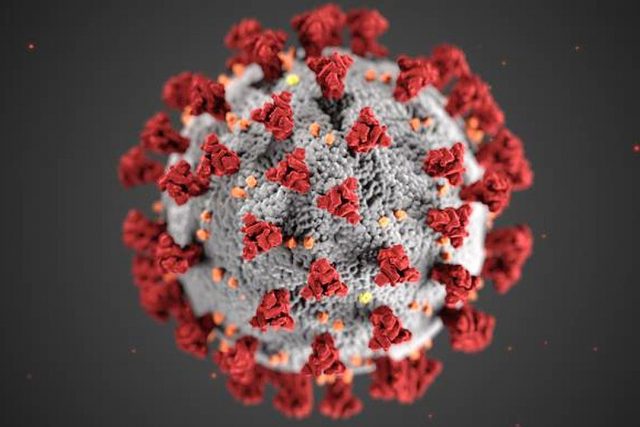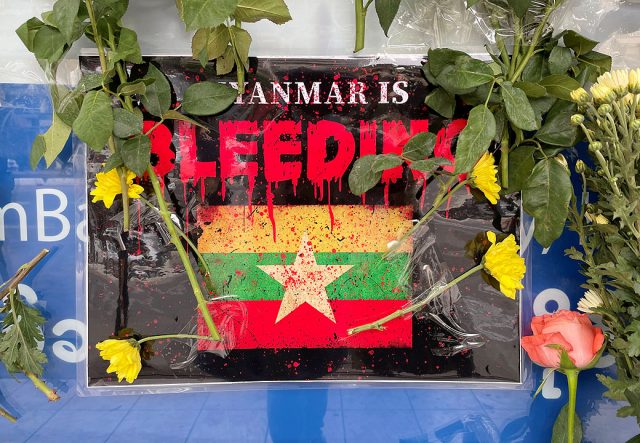(Part 1)
The enforcement of the doctrine that the degree of diligence required of corporations vested with public interest is of the highest degree (i.e., extraordinary diligence) has legal implications on: (i) the burden of proof to make the corporation directly liable to the injured stakeholder; and (ii) the personally liability of the directors, trustees, or officers acting for and in behalf of the corporation.
Under the old Corporation Code, where there was as yet no recognition of the special category of corporations vested with public interest, the burden to show that the corporation, acting through its Board of Directors or duly authorized officers, acted negligently in breach of the contract (culpa contractual) or to cause damage to others not bound by any contractual relations (culpa aquiliana) was on the part of the plaintiff seeking relief from the corporation. In other words, it was a proper defense for the corporation to avoid liability from its acts, contracts and transactions to show that it has exercised the diligence of a prudent person or a good father of a family.
On the other hand, the director, trustee, or officer acting in behalf of the corporation could be held personally liable for such corporate act, contract, or transaction only when it was shown that he had breached his duties of diligence and loyalty encapsulated in the first paragraph of then Section 31, thus: “Directors or trustees who willfully and knowingly vote for or assent to patently unlawful acts of the corporation or who are guilty of gross negligence or bad faith in directing the affairs of the corporation or acquire any personal or pecuniary interest in conflict with their duty as such directors or trustees shall be liable jointly and severally for all damages resulting therefrom suffered by the corporation, its stockholders or members and other persons.” Note that while the corporation could be held liable to a third party for simple negligence committed by an acting director, trustee, or officer in its behalf, the latter could only be made liable personally when he acted with fraud or gross negligence.
The rule embodied under Section 31 of the old Corporation Code carried the second branch of the Business Judgment Rule to the effect that directors, trustees, or officers who act in the name of the corporation in the lawful pursuit of its business affairs do not become liable for the losses sustained by the corporation, or damages incurred, unless it is shown that they have breached their fiduciary duties of diligence or loyalty. Properly understood, Section 31 provided for the exception to the general rule in the Law on Agency that directors, trustees, or officers (i.e., agents) acting in behalf, and in pursuit of the business affairs, of the corporation (i.e., principal) are not personally liable for the damages sustained by parties dealing with the corporation, or those adversely affected by the pursuit of the corporate business enterprise.
Starting with its decision in Tramat Mercantile, Inc. v. Court of Appeals, the Supreme Court has interpreted the legal effect of Section 31 to mean that as a general rule directors, trustees, or officers do not become personally liable for acts, contracts, and transactions entered into in behalf of and in pursuit of the corporate business enterprise, thus:
Personal liability of a corporate director, trustee or officer along (although not necessarily) with the corporation may so validly attach, as a rule, only when: (a) He assents: (i) to a patently unlawful act of the corporation; (ii) for bad faith or gross negligence in directing its affairs; (iii) for conflict of interest, resulting in damages to the corporation, its shareholders or other persons (Sec. 31, Corporation Code); (b) He consents to the issuance of watered stocks or who, having knowledge thereof, does not forthwith file with the corporate secretary his written objection thereto (now Section 65, Corporation Code); (c) He agrees to hold himself personally and solidarily liable with the corporation (De Asis & Co., Inc. v. Court of Appeals, 136 SCRA 599 [1985]); (d) He is made, by a specific provision of law, to personally answer for his corporate action (Exemplified in what is now Section 170, Corporation Code; also Section 13, P.D. No. 115, or the Trust Receipts Law).
By the use of the phrase “may so validly attach, as a rule, only when,” it is clear that the Court emphasizes that the general rule is that directors, trustees, and other corporate officers are not personally liable for corporate debts, and that the only time they do become personally liable is on the specifically enumerated four areas indicated in the formula. The enumerative manner by which Tramat Mercantile, Inc. has effectively limited the cases when a director, trustee or officer may be held liable has been reiterated verbatim in a long line of subsequent decisions of the Supreme Court.
In the waning years of the old Corporation Code, the Supreme Court, in its decision in Virata v. Ng Wee, formally discussed the “fiduciary duty of directors to all stakeholders,” and firmed-up the legal basis in support of the doctrine that directors, trustees, and officers owe fiduciary duty of diligence to particular creditors of corporations, namely, investors in the corporation’s debt instrument.
Among the critical issues resolved in Virata v. Ng Wee was whether the Vice-President for Operations, not a member of the Board, and who signed in an official capacity the agreement extending a credit line to Power Merge under terms that defrauded some of the investors (Ng Wee) in debts instruments of Wincorp (an investment house) could be held personally liable for the loss sustained by the investors under what is now Section 30 of the Revised Corporation Code: “Petitioner Reyes relies on the black letter law in his bid for absolution. He claims that he is not a director of Wincorp, but its Vice-President for Operations. Thus, he can only be held liable under the second paragraph of the provision. As can be read, officers are only precluded from acquiring or attempting to acquire any interest in conflict with that of the company he is serving. There being no allegation of him being guilty of conflict of interest, Reyes argues that he cannot be held liable under the provision.”
In holding that the argument was bereft of merit, the Court held — ascribing liability to a corporate director, trustee, or officer by invoking [what is now Section 30 of the Revised Corporation Code] is distinct from the remedial concept of piercing the corporate veil. While [Section 30] expressly lays down specific instances wherein the mentioned personalities can be held liable in their personal capacities, the doctrine of piercing the corporate veil, on the other hand, is an equitable remedy resorted to only when the corporate fiction is used, among others, to defeat public convenience, justify wrong, protect fraud or defend a crime.
Applying the doctrine, petitioner cannot escape liability by claiming that he was merely performing his function as Vice-President for Operations and was duly authorized to sign the Side Agreements in Wincorp’s behalf. The Credit Line Agreement is patently contradictory if not irreconcilable with the Side Agreements, which he executed on the same day as the representative for Wincorp. The execution of the Side Agreements was the precursor to the fraud. Taken with Wincorp’s subsequent offer to its clients of the “sans recourse” transactions allegedly secured by the Promissory Notes, it is a clear indicium of fraud for which Reyes must be held accountable.
A careful reading of the foregoing portion of Virata v. Ng Wee clearly implies the doctrine that outside of fiduciary duties of diligence and loyalty contained in Section 30 of the Revised Corporation Code, directors, trustees, and officers can be held solidarily liable with the corporation for the damage suffered by creditors and other stakeholders in their dealings with the corporation by the application of the fraud piercing doctrine. In other words, the commission of fraud itself in the pursuit of corporate contracts and transactions by itself constitutes an actionable basis under tort laws to make acting directors, trustees or officers solidarily liable to creditors and other stakeholders suffering injury by reason thereof.
The other critical issue resolved in Virata v. Ng Wee was whether directors (Cua and the Cualopings) who approved the credit lines extended to Power Merge on the basis of the favorable recommendation of “the screening committee [who] found the application to be above board,” and without knowledge of the execution of the fraudulent Side Agreements, could be held personally liable under what is now Section 30 of the Revised Corporation Code, there being no showing that they acted with fraud. In defining the personal liability of said directors, the Court laid down the general principles of the Board of Directors being “primarily charged with protecting the assets of the corporation in behalf of its stakeholders,” thus:
“Petitioners Cua and the Cualopings bewail that the above-quoted statement is overarching, sweeping, and bereft of legal or factual basis. But as per the records, the totality of circumstances in this case proves that they are either complicit to the fraud, or at the very least guilty of gross negligence, as regards the “sans recourse” transactions from the Power Merge account.
“The board of directors is expected to be more than mere rubber stamps of the corporation and its subordinate departments. It wields all corporate powers bestowed by the Corporation Code, including the control over its properties and the conduct of its business. Being stewards of the company, the board is primarily charged with protecting the assets of the corporation in behalf of its stakeholders.”
The Court then ruled on the personal liability of the directors to a creditor of the corporation, based on “fiduciary duty of diligence,” thus:
“Petitioners Cua and the Cualopings bewail that the above-quoted statement is overarching, sweeping, and bereft of legal or factual basis. But as per the records, the totality of circumstances in this case proves that they are either complicit to the fraud, or at the very least guilty of gross negligence, …
“Cua and the Cualopings failed to observe this fiduciary duty when they assented to extending a credit line facility to Power Merge. … the SEC discovered that Power Merge is actually Wincorp’s largest borrower at about 30% of the total borrowings. It was then incumbent upon the board of directors to have been more circumspect in approving its credit line facility, and should have made an independent evaluation of Power Merge’s application before agreeing to expose it to a P2,500,000,00.00 risk.
“Had it fulfilled its fiduciary duty, the obvious warning signs would have cautioned it from approving the loan in haste. To recapitulate: This only goes to show that even if Cua and the Cualopings are not guilty of fraud, they would nevertheless still be liable for gross negligence in managing the affairs of the company, to the prejudice of its clients and stakeholders.
“Under such circumstances, it becomes immaterial whether or not they approved of the Side Agreements or authorized Reyes to sign the same since this could have all been avoided if they were vigilant enough to disapprove the Power Merge credit application. Neither can the business judgment rule apply herein for it is elementary in corporation law that the doctrine admits exceptions: bad faith being one of them, gross negligence, another. The CA then correctly held petitioners Cua and the Cualopings liable to respondent Ng Wee in their personal capacity.”
The third critical issue resolved in Virata v. Ng Wee was whether a director (Estrella) who was merely a nominee in the Board on behalf of the Chairman, and who received no compensation or per diems in attending board meetings, could be held personally liable under what is now Section 30 of the Revised Corporation Code. In denying the defense, the Court referred to “a betrayal of the trust reposed by the corporate investors, clients, and stakeholders” upon the board and its individual members, thus:
“The practice of installing undiscerning directors cannot be tolerated, let alone allowed to perpetuate. This must be curbed by holding accountable those who fraudulently and negligently perform their duties as corporate directors, regardless of the accident by which they acquired their respective positions.
“In this case, the fact remains that petitioner Estrella accepted the directorship in the Wincorp board, along with the obligations attached to the position, without question or qualification. The fiduciary duty of a company director cannot conveniently be separated from the position he occupies on the trifling argument that no monetary benefit was being derived therefrom. The gratuitous performance of his duties and functions is not sufficient justification to do a poor job at steering the company away from foreseeable pitfalls and perils. The careless management of corporate affairs, in itself, amounts to a betrayal of the trust reposed by the corporate investors, clients, and stakeholders, regardless of whether or not the board or its individual members are being paid. The RTC and the CA, therefore, correctly disregarded the defense of Estrella that he is a mere nominee.” n
(To be continued.)
This article reflects the personal opinion of the author and does not reflect the official stand of the Management Association of the Philippines or the MAP.
Atty. Cesar L. Villanueva is chair of MAP Corporate Governance Committee, trustee of the Institute of Corporate Directors (ICD), the first chair of the Governance Commission for GOCCs (GCG – August 2011 to June 2016), dean of the Ateneo Law School (April 2004 to September 2011), and founding partner of Villanueva Gabionza & Dy Law Offices.
map@map.org.ph
cvillanueva@vgslaw.com
http://map.org.ph

